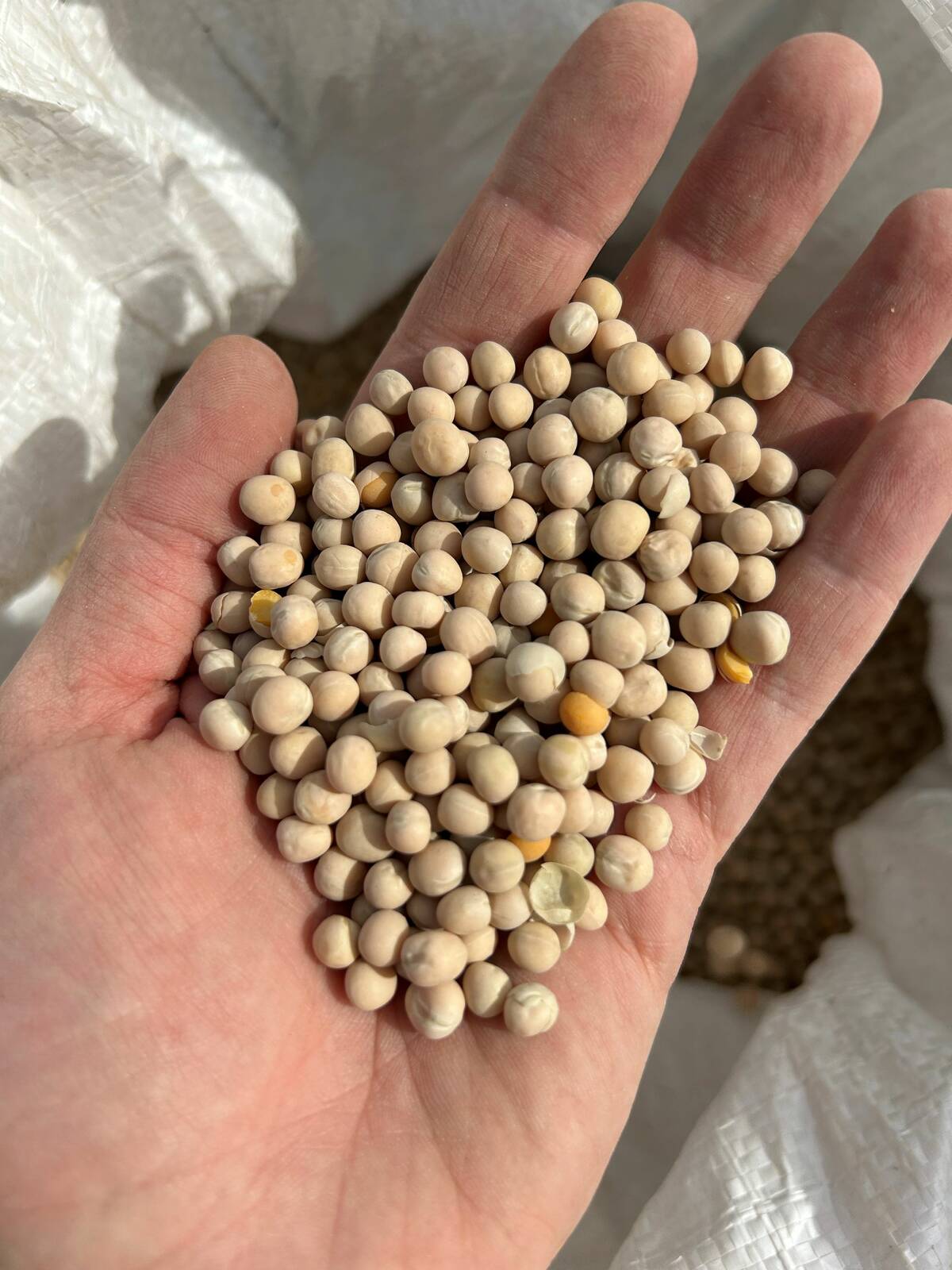Western Canadian feeder cattle prices were steady with week-ago levels as lower volumes were noted at all auction yards. The farmer/cattle producer was busy seeding and pasture conditions remain favourable across the Prairies.
Major feedlot operators are content with current inventories into the summer months, given the feedgrain and margin uncertainty. Alberta packers bought fed cattle at $119 per hundredweight (cwt) last week, which is basically the breakeven price for many pen closeouts.
A small group of red medium-frame heifers weighing 675 pounds sold for $121/cwt just south of Calgary. In the Lethbridge area, a feedlot quoted Charolais-cross steers weighing 750 lbs. landed at $138/cwt. Buyers were picking away at smaller groups of cattle which appeared to sell at a $3-$4 discount to the main market. The quality of cattle coming onstream this week was characterized as “leftovers from the spring run” as one buyer stated. I feel the market was actually ill defined, given the smaller volumes and lower quality available.
Read Also

Pulse Weekly: No upside for peas until after New Year
Prices for green and yellow peas have dropped back across the Prairies over the last week. One of the major downward drivers was the Statistics Canada production report released earlier this month, said Levon Sargsyan of Johnston’s Grain in Calgary.
Softer domestic demand for feeder cattle has caused export volumes to surge. Live feeder cattle exports to the U.S. from Jan. 1 through May 11 were 139,000 head, up a whopping 78 per cent over year-ago levels. This trend will likely continue as the U.S. market holds a premium over Canadian values. I’m surprised by the number of medium-sized feedlots in southern Alberta that have closed operations over the past 12 months.
Wholesale choice beef prices continue to climb higher, touching a new record of $211/cwt, which was supportive to the cattle complex. Despite the cold storage report showing plentiful supplies of all meats, retail and restaurant demand is improving, given growing consumer income levels. U.S. data confirmed April at-home food expenditures surged 12.7 per cent over last year; away-from-home food expenditures were up a miraculous 10.6 per cent over April 2012. Double-digit gains in both categories is remarkable after a dismal spring period which showed minimal year-over-year increases.
Look for the western Canadian feeder market to trade sideways into late June and early July. Once the upcoming U.S. corn and barley crops are more certain, the feeder cattle market should start to percolate higher.
— Jerry Klassen is a commodity market analyst in Winnipeg and maintains an interest in the family feedlot in southern Alberta. He writes an in-depth biweekly commentary, Canadian Feedlot and Cattle Market Analysis, for feedlot operators in Canada. He can be reached by email at [email protected] for questions or comments.















